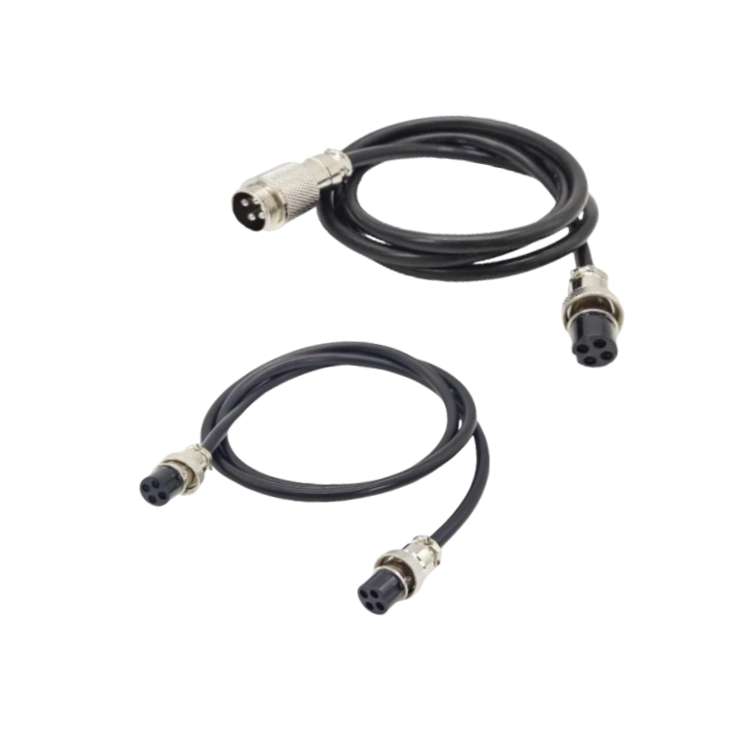Aircraft Cable Failure Signals and Emergency Response Protocols
Aircraft cable systems are critical components responsible for transmitting mechanical force in flight controls, landing gear, brakes, and other essential systems. A cable failure mid-flight can jeopardize safety, making it vital for pilots, engineers, and aviation professionals to recognize early warning signs and follow proven emergency protocols. This article explores common signals of aircraft cable failure, actionable emergency response procedures, and preventive measures to mitigate risks.
Why Aircraft Cable Integrity Matters

Cables in aircraft are subjected to constant stress, vibration, and environmental factors like temperature fluctuations. Over time, wear and tear can lead to fraying, corrosion, or complete failure. According to the Federal Aviation Administration (FAA), cable-related malfunctions contribute to approximately 12% of mechanical failures in general aviation. Proactive detection and response are key to preventing accidents.
5 Critical Signals of Aircraft Cable Failure
Recognizing early warning signs can save lives. Watch for these red flags:
- Unresponsive or Stiff Controls
Difficulty maneuvering the yoke, pedals, or levers may indicate frayed or snapped control cables. - Visible Cable Damage
Inspect cables regularly for:- Fraying or broken strands (“fishhooks”)
- Corrosion or rust
- Kinks or uneven tension
- Abnormal Noises
Squeaking, grinding, or snapping sounds during operation often signal cable friction or impending failure. - Inconsistent System Performance
Erratic brake response, landing gear malfunctions, or uncommanded control movements may stem from cable issues. - Warning Lights or Alerts
Modern aircraft may trigger avionics alerts for tension loss or system disengagement.
Emergency Response Protocols for Cable Failure
If a cable failure is suspected mid-flight, follow these steps to prioritize safety:
1. Stay Calm and Assess the Situation
- Identify the affected system (e.g., ailerons, rudder, brakes).
- Avoid abrupt maneuvers that could worsen the issue.
2. Engage Backup Systems (If Available)
- Many aircraft have redundant cables or hydraulic backups for critical controls.
3. Declare an Emergency and Land Immediately
- Notify air traffic control (ATC) using the phrase “Mayday” or “Pan-Pan” to request priority landing.
- Follow manufacturer checklists for emergency procedures.
4. Post-Landing Actions
- Secure the aircraft and conduct a thorough inspection.
- Document the incident and report it to maintenance teams and authorities (e.g., FAA, NTSB).
Preventive Measures to Avoid Cable Failures
Proactive maintenance is the best defense:
- Routine Inspections: Follow FAA Advisory Circular 43.13-1B for cable inspection intervals (typically every 100 flight hours).
- Lubrication: Apply approved cable lubricants to reduce friction.
- Tension Testing: Ensure cables meet manufacturer-specified tension levels.
- Environmental Protection: Use anti-corrosion treatments in humid or salty environments.
- Training: Equip maintenance crews with updated training on cable systems.
Case Study: Lessons from a Real-World Incident
In 2019, a Cessna 172 experienced aileron cable failure during approach. The pilot identified stiff controls, declared an emergency, and landed safely using trim adjustments and throttle modulation. Post-incident analysis revealed corroded cables due to inadequate maintenance. This underscores the importance of routine checks.

